Saturday’s front may be too far north and moving too quickly to pull Matthew further north.
Faster, Smaller Cold Front
Hurricane Matthew continues to be the major weather story that everyone is watching. While the Finger Lakes experiences another stretch of dry, sunny weather to end the work week, the possibility of some substantial rain from the remnants of Matthew has been on many people’s mind.
The key to bringing precipitation from Matthew into the Finger Lakes has been a cold front that is expected to move through the region on Saturday. There was a possibility that this front would help pull Matthew north on a path towards the Mid-Atlantic and New England, while interacting with the front to develop heavier precipitation over our region.
While still possible, that scenario is looking less and less likely.
The timing of the front has trended quicker, with the front now expected early in the day, possibly even before dawn, as opposed to Saturday evening. The front has also trended a bit further north, with its southern reach not expected to make it much further than northern Ohio and northern Pennsylvania.
These seemingly subtle changes result in a huge difference in the track of Matthew beyond Saturday.
Matthew Beyond Saturday

By Saturday morning, Matthew should be somewhere near the coast of South Carolina. Matthew should still be at least a category two hurricane, with the official National Hurricane Center forecast calling for winds of 110 mph at 2am Saturday morning.
North of Matthew, high pressure will extend from the Mid West into the north Atlantic Ocean. The quick moving, shallow front may not be able to penetrate the high enough to connect to Matthew.
Instead of being pulled north, Matthew may instead be deflected east out to sea. Whether Matthew continues northeast into the open waters of the Atlantic, or takes a loop back to the south, remains very uncertain. A track further north toward the Mid-Atlantic and New England seems less likely.
Question of Confidence
Over the last 48 hours, there have been major changes to the track of Matthew.
First, on Sunday, there was a significant jump west which brought Matthew close to, if not onto the southeast coast of the United States.
Now, after looking like a significant threat to New England, Matthew is not expected to come anywhere near the region.
These major shifts illustrate the difficulty in forecasting tropical activity more than a few days out. Because hurricanes are so large, they are subject to the steering influence of weather patterns thousands of miles away. Even seemingly small features, such as this weekend’s cold front, can have a major impact on the track of a hurricane.
Might there be more significant changes in the path of Matthew? It is certainly a possibility. So, while Matthew is currently not in our picture, continue to monitor the forecast, just in case.


Harvey Greenberg
Excellent no hype review, thanks.